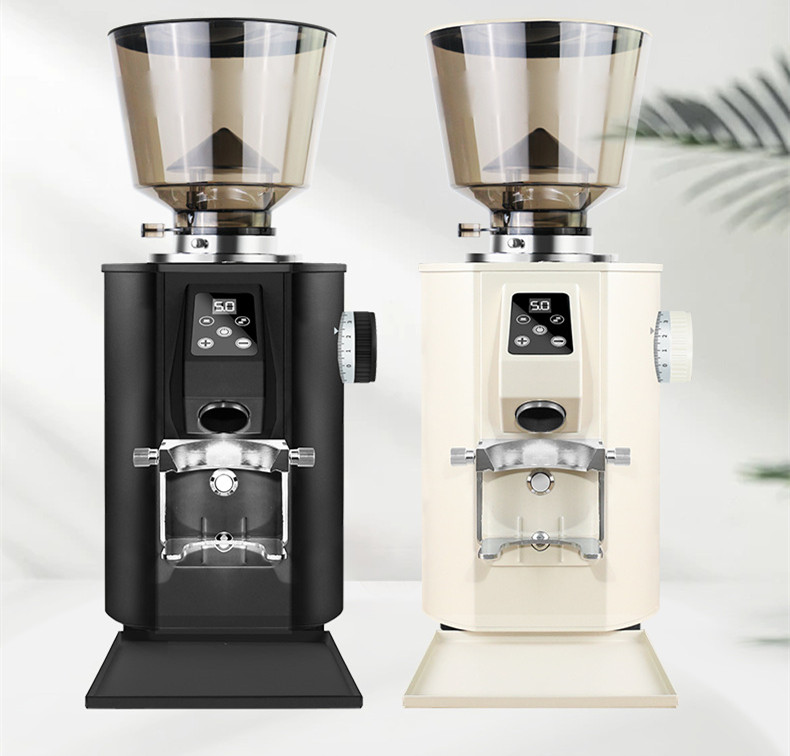Coffee roasters are key equipment for making high-quality coffee. Their types are mainly classified based on heating methods and heat conduction principles. The common ones include the following three types:
Direct-fired baking machine
Heating principle: The coffee beans are heated by direct contact with a flame. The surface of its boilers usually has a perforated design. The flame passes through the holes and directly acts on the surface of the coffee beans, with direct and intense heat transfer.
Characteristics
Flavor performance: Due to direct heating, coffee beans can fully absorb the unique flavor brought by the flame. The coffee roasted in this way often has a rich aroma and a mellow taste, which can better showcase the inherent flavor characteristics of the coffee beans.
Operational difficulty: The control of heat is rather challenging and requires the baker to have rich experience and superb skills. Because of direct flame heating, a slight mistake may cause the surface of the coffee beans to burn, while the inside does not reach the ideal roasting degree, resulting in a situation where the outside is ripe but the inside is not.
Applicable scenarios: It is suitable for situations where there is a high pursuit of coffee flavor and the roaster is experienced. It is often used to roast premium coffee beans from a single origin to highlight their unique regional flavor.
Semi-hot air baking machine
Heating principle: It combines two heating methods, direct flame and hot air. The flame does not come into direct contact with the coffee beans. Instead, it heats the drum or roasting chamber of the roaster and, at the same time, uses a hot air circulation system to make the hot air flow within the roasting chamber, evenly transferring heat to the coffee beans.
Characteristics
Flavor performance: It can not only retain a certain degree of aroma and richness brought by direct roasting, but also make the coffee beans heat more evenly through the circulation of hot air, resulting in a more balanced flavor and rich taste of the roasted coffee.
Operational difficulty: Compared with direct-fired baking machines, the operational difficulty is somewhat reduced. The hot air circulation system can help regulate the baking temperature and uniformity, reducing baking errors caused by improper control of heat. However, the roaster still needs to make appropriate adjustments based on the characteristics of the coffee beans and the roasting goals.
Applicable scenarios: It is suitable for roasting various types of coffee beans, whether they are single-ingredient beans or blended beans, and can achieve good roasting results. It is widely used in commercial roasting and can meet the different customers’ demands for coffee flavor.
Hot air baking machine
Heating principle: It mainly relies on the hot air circulation system to heat coffee beans. Hot air is generated through the heating device and flows at high speed in the roasting chamber, fully contacting the coffee beans and ensuring they are heated evenly.
Characteristics
Flavor performance: The coffee roasted has a relatively high acidity, a clean and bright taste, and a refreshing mouthfeel. However, due to the relatively fast heating speed of hot air, it may result in a relatively insufficient aroma and richness of coffee beans.
Operational difficulty: The operation is relatively simple, and it is easy to control the baking temperature and time. The hot air circulation system can quickly and evenly transfer heat to coffee beans, reducing problems caused by local overheating or uneven heating.
Applicable scenarios: Suitable for large-scale commercial roasting, it can quickly and efficiently complete the roasting tasks of a large number of coffee beans. It is often used for roasting coffee beans that need to highlight a fresh taste and bright acidity, such as some lightly roasted coffee.


